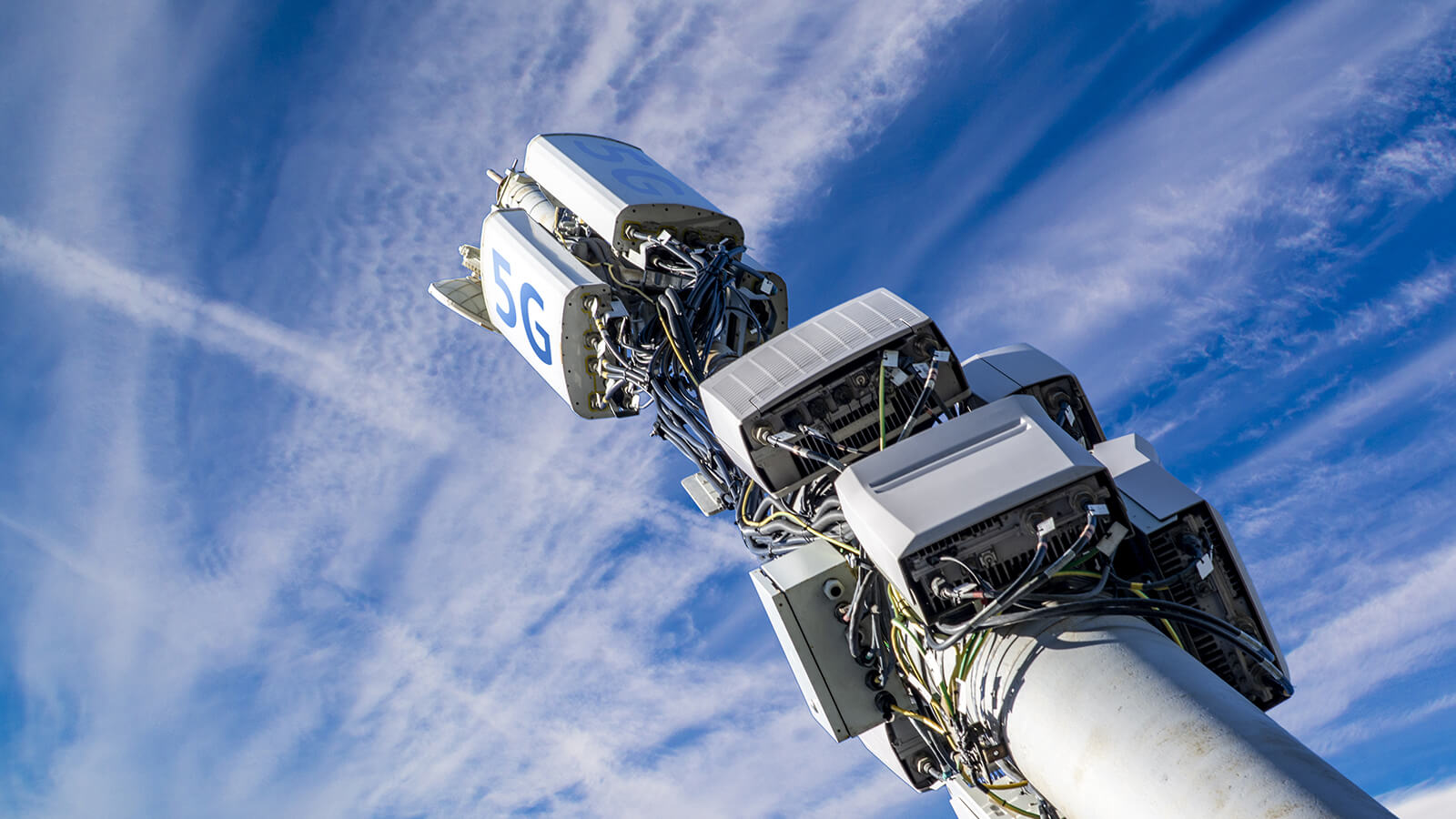If you've ever walked through a town and spotted tiny 5G cell towers on street light poles. They appear like tiny boxes, but they're actually broadcasting wireless signals from cellular providers to your phone.
They are replacing larger built cell towers. While they're less noticeable however, they could cause issues for users.
https://click4r.com/posts/g/9249842/ of the FCC's Radiation Exposure Thresholds
The FCC's Radiation Exposure Thresholds define the safe limit at which an individual can be exposed to electromagnetic radiation from wireless devices. The limits for exposure are based upon scientific research which show that the energy of RF could be harmful to health.
The specific absorption rate (SAR) is a measure of the amount of radiofrequency energy absorption by tissues. It is typically 1.6 Watts per kilogram spread over a gram of tissue.
However, because 5g transmits at higher frequencies and has the potential to cause greater energy intensity on the skin and other exposed body parts. This can lead to a wide range of possible harms, like the appearance of skin conditions such as dermatitis, cataracts and skin cancer.

Due to the possible negative effects of 5G radiation, PSU has chosen to create a general limits on power density, which is 4mW/cm2 averaged on 1cm2, and not to exceed 30 minutes for the entire 5G spectrum at 3000 GHz. This localized limit is consistent with the peak spatial-average SAR of 1.6 W/kg, averaged over one g of tissue at 6 GHz.
The FCC's Maximum Exposure Thresholds for Maximum Exposure
If you've ever used a mobile phone, you probably know that a safe distance from the tower is at least 400 meters away. This is due to the power of transmission from the cell tower is significantly increased the farther the tower is.
While Great post to read sounds like an ideal idea but the truth is that those living close to towers could be more susceptible to health issues. For instance, a study conducted in 2014 in India discovered that those living within 50 meters of cell towers experienced much more health problems than those who lived farther away from the antennas.
However, what is a safe distance from a cell tower found that people who moved to areas that were further from cell towers noticed their symptoms return to normal within a couple of days. Other studies have demonstrated that exposure to extreme amounts of electromagnetic field radiofrequency (EMFs) can lead to brain tumors, cancers, and other health problems.
This is because RF radiation, used in wireless communication, can penetrate the human body's outer layer, which is the skin. This is important to understand because the skin acts as a protective barrier against injuries caused by mechanical forces, infections from pathogenic microorganisms, as well as the entry of harmful substances. It is also the largest organ in the human body and is accountable for protecting other organs.
The FCC's Minimum Exposure Thresholds
The FCC's Minimum Exposure Thresholds rely on several assumptions that aren't supported by scientific evidence. This includes the false assumption that exposures to RF radiation are safe due to the limited penetration into the body (i.e., tissue heating).
The assumption also ignores the greater penetration of ELF components of modulated RF signals and the effects on the body of short bursts generated by RF waves that are pulsed. These assumptions do not correspond with current knowledge of the biological consequences of RF radiation, and thus, they should not be relied upon for health-protection exposure standards.
Furthermore to that, ICNIRP and FCC restrict their maximum exposure limits to local peak SARs, based on the peak speed of spatial absorption (psSAR) that is not a sufficient dosimetric tool for determining the level of radiation exposure. In particular the psSAR tool is not accurate for frequencies above 6 GHz. Furthermore, psSAR has not been evaluated for RF radiation exposed to other environmental agents , such like sunlight. In the event of interactions, RF radiation and other agents in the environment could result in antagonistic or synergistic impacts. This can lead to an increased risk of negative health consequences. For instance, exposure to RF radiation and sunlight could raise the chance of skin cancer and exacerbate other skin disorders, such as acne.
